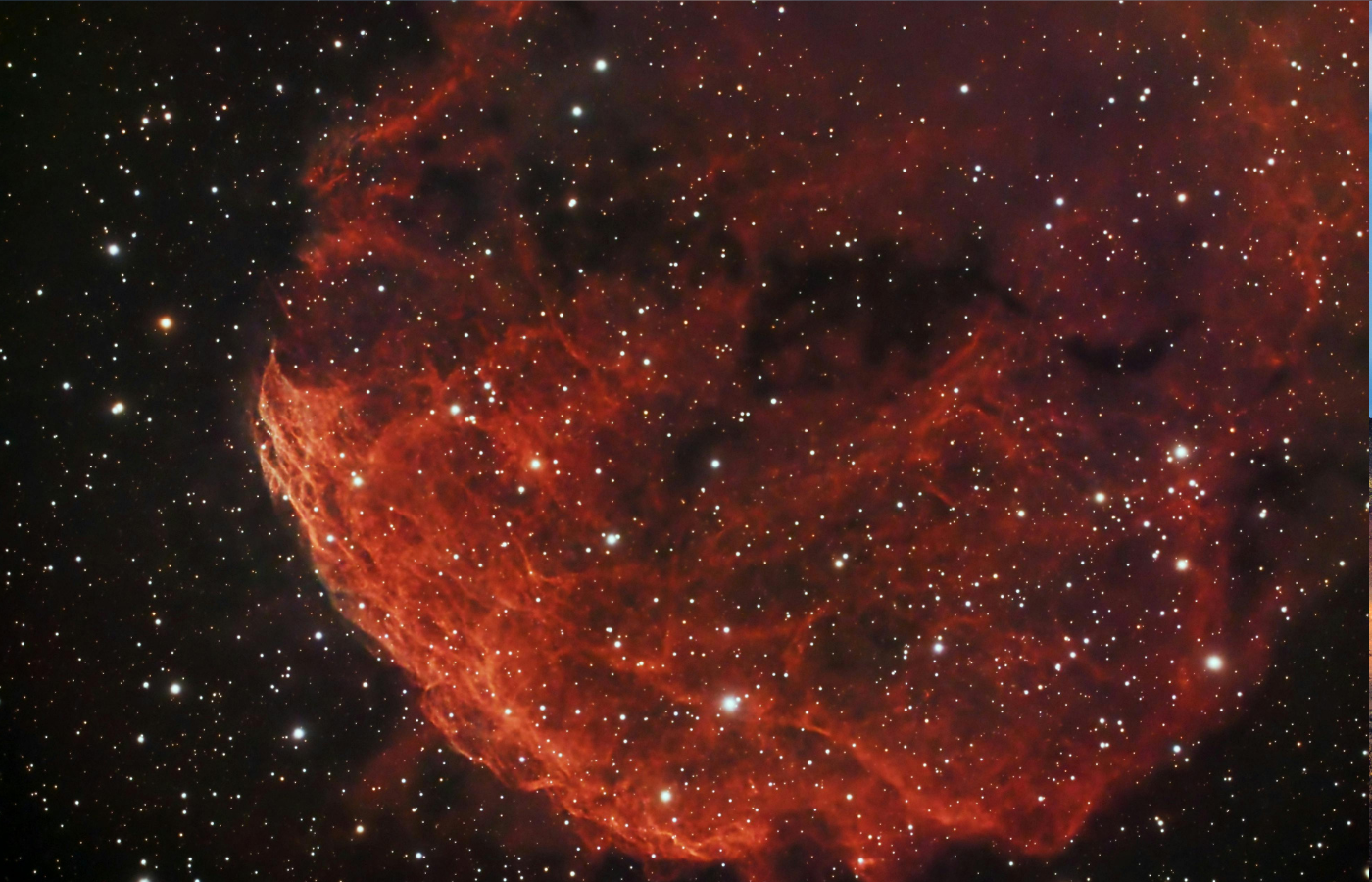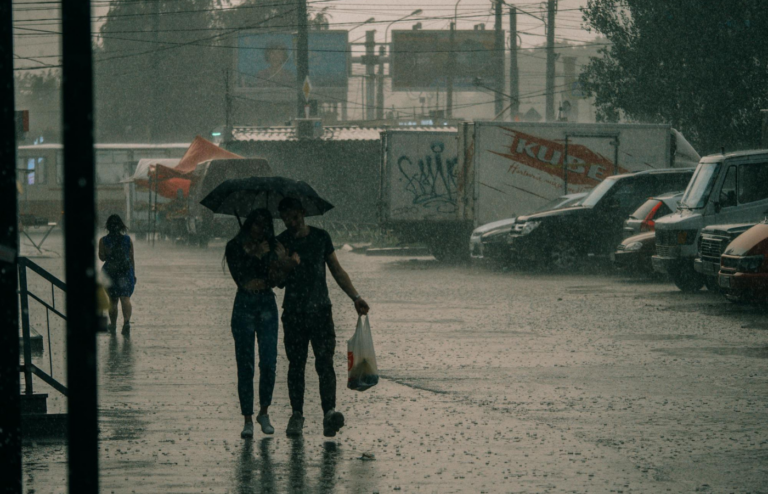Earth’s weather can be wild—tornadoes, heat waves, blizzards. But compared to other planets, we’ve got it easy. Across our solar system, storms rage for centuries, winds roar faster than sound, and it rains everything from metal to diamonds.
Planetary weather shows us just how extreme the universe can get. Here are 10 of the strangest weather patterns we’ve discovered beyond Earth.
1. Jupiter’s Great Red Spot

This massive storm has been churning for at least 350 years—maybe longer. It’s twice as wide as Earth and shows no sign of stopping.
Winds inside the Great Red Spot reach over 400 mph. It’s like a never-ending hurricane fueled by Jupiter’s powerful atmosphere and lack of a solid surface.
2. Venus’s Super-Rotating Atmosphere
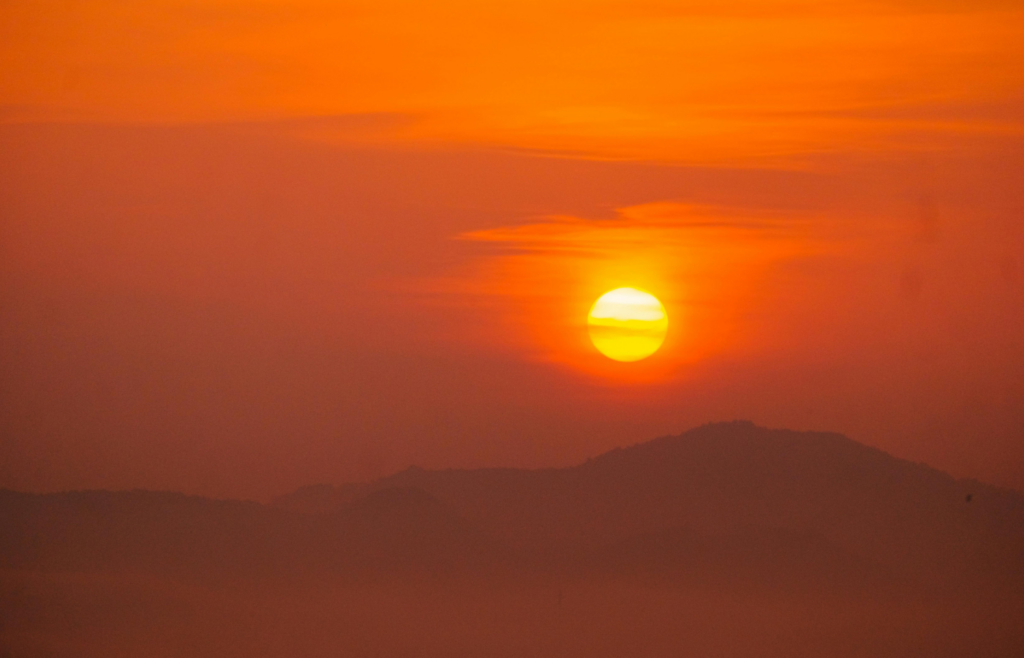
Venus spins slowly, but its upper atmosphere whips around the planet every four Earth days. That’s 60 times faster than the planet rotates.
The result? Hurricane-force winds over 200 mph and thick clouds of sulfuric acid. Add surface temps hot enough to melt lead, and you’ve got one hostile forecast.
3. Methane Rain on Titan
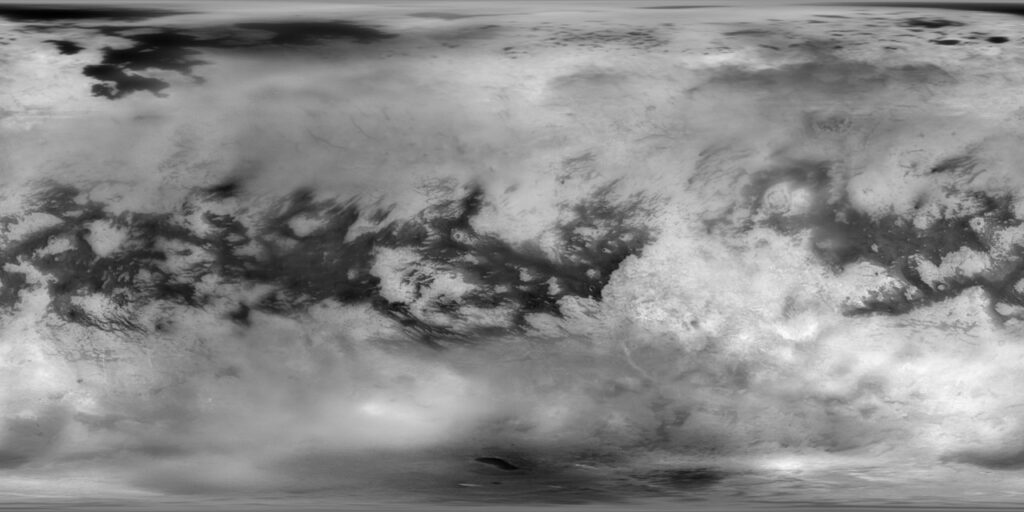
Saturn’s largest moon has rivers, lakes, and clouds—but not of water. Titan’s weather is based on methane. It rains methane. It evaporates. It cycles—just like Earth’s water.
Methane storms shape Titan’s surface, carving riverbeds and filling lakes. It’s eerily Earth-like, but far colder and much weirder.
4. Supersonic Winds on Neptune
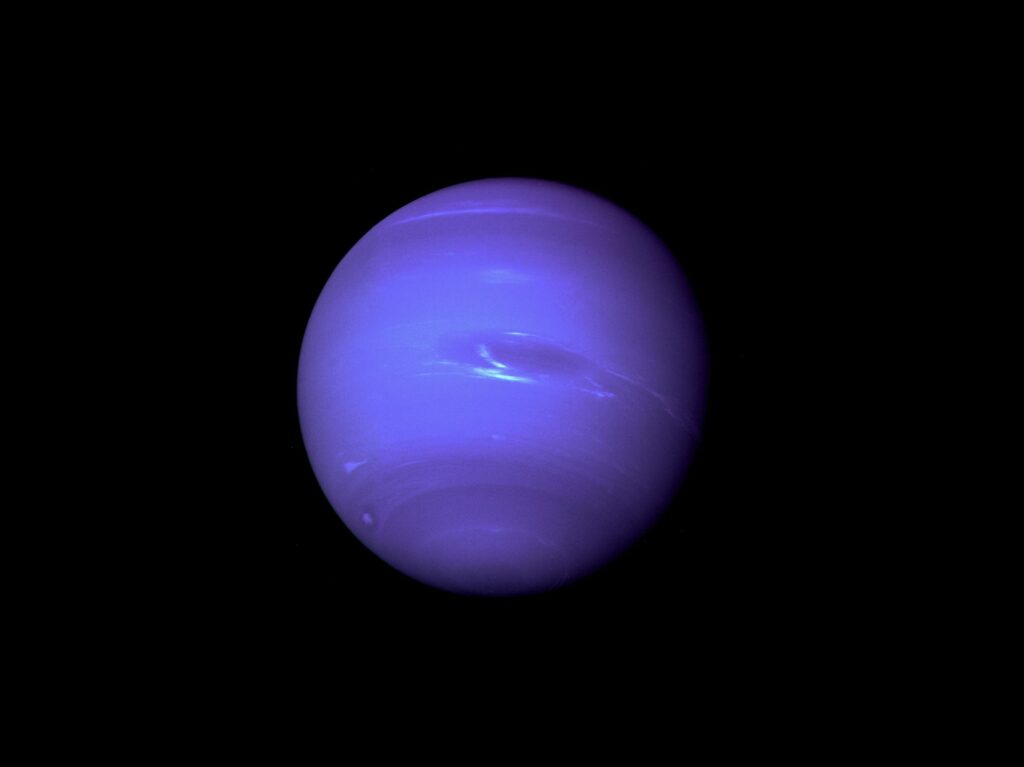
Neptune has the fastest winds in the solar system—up to 1,200 mph. That’s faster than the speed of sound on Earth.
Scientists don’t fully understand how these winds get so fast. Neptune is far from the Sun, so it gets very little heat. But clearly, something is stirring its deep blue atmosphere.
5. Dust Storms That Swallow Mars

Mars is known for its planet-wide dust storms. These can cover the entire surface for weeks or months, blocking sunlight and changing temperatures.
Dust storms on Mars can shut down solar-powered rovers—and reshape the land below. They start small but grow fast, fueled by rising heat and swirling winds.
6. Raining Glass on HD 189733b

This exoplanet 64 light-years away looks calm and blue—but it’s deadly. Winds tear across the planet at 5,400 mph. That’s seven times the speed of sound.
And it rains glass. Sideways. Silicate particles in the atmosphere condense and fall like shards in the wind. It’s beautiful—and terrifying.
7. Diamond Rain on Uranus and Neptune
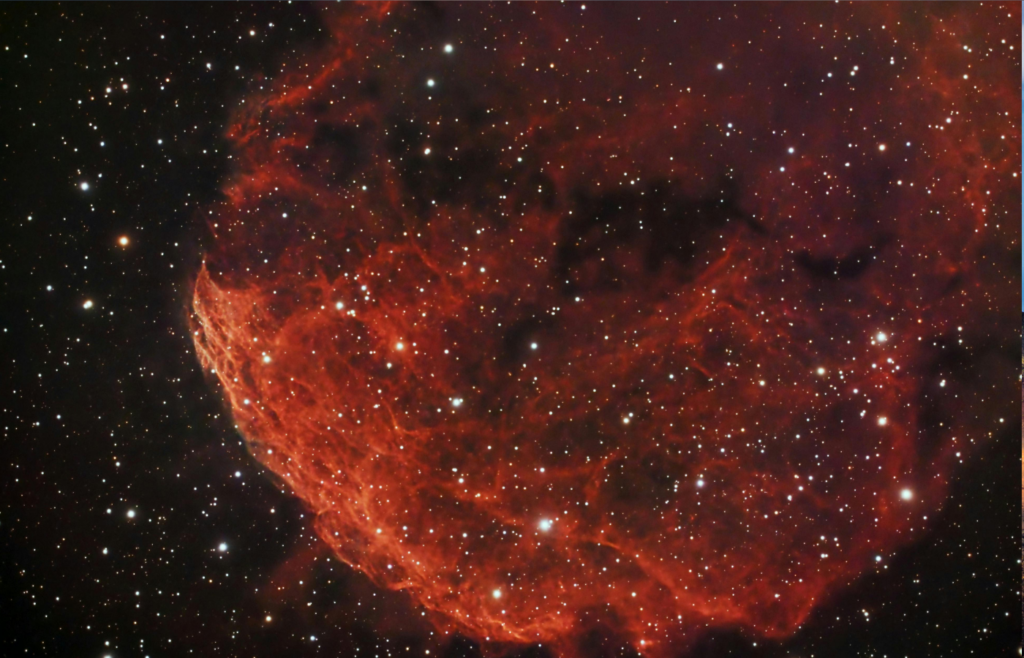
At the core of these icy giants, extreme pressure crushes carbon into diamonds. These then fall—literally—through the atmosphere like glittering rain.
This “diamond precipitation” may form giant chunks over time. It’s a weather system made of jewels deep inside gas giants.
8. 1100°F Showers on WASP-76b
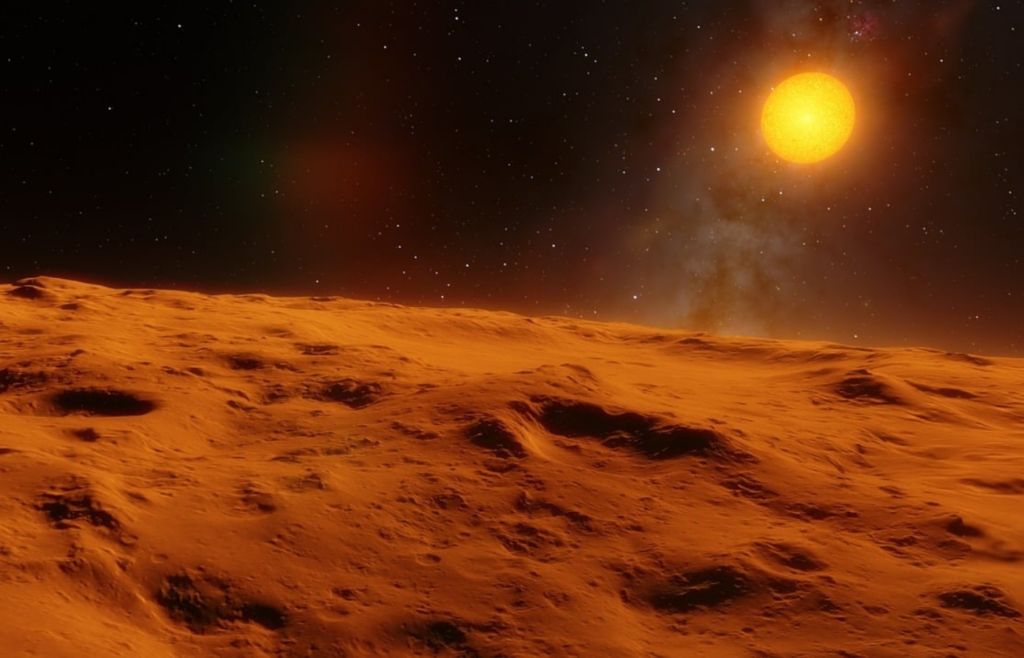
On this ultra-hot exoplanet, temperatures on the day side reach over 4,000°F. That’s hot enough to vaporize metal.
When iron vapor blows to the cooler night side, it condenses and falls as molten iron rain. Imagine thunderstorms made of liquid metal. That’s WASP-76b.
Read More: 10 Places Where The Weather is Amazing Year Round
9. Sulfur Snow on Io
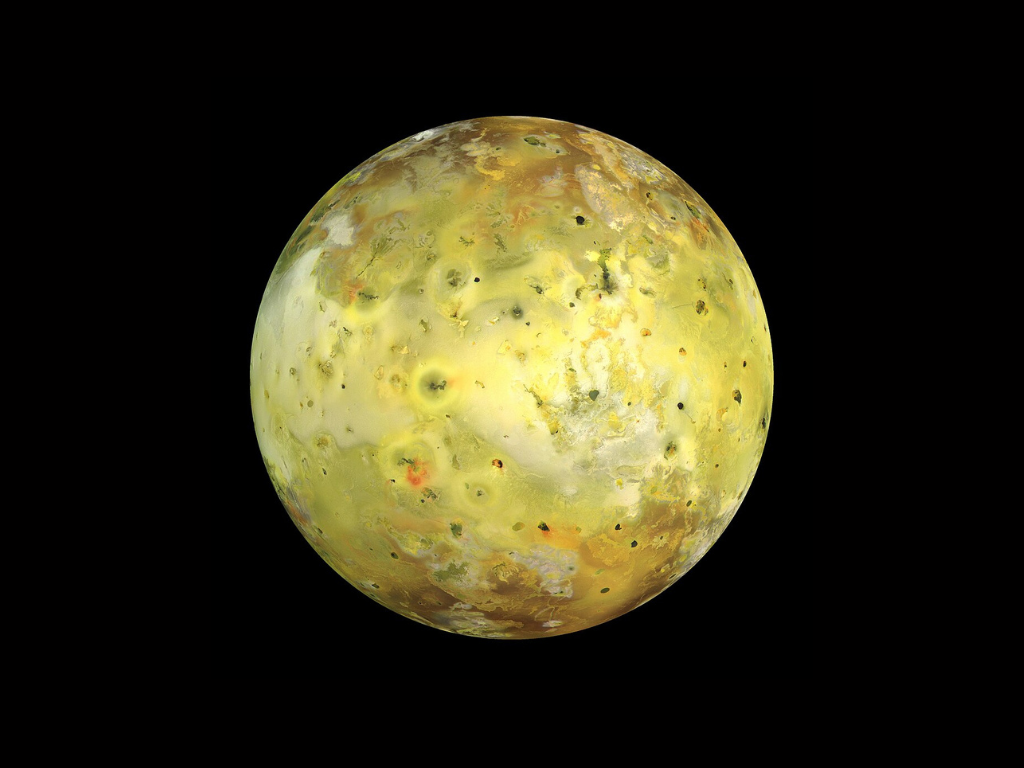
Jupiter’s moon Io is the most volcanic place in the solar system. Its eruptions shoot sulfur high into the sky, where it freezes and falls back as yellow or white snow.
This sulfur “weather” constantly reshapes Io’s surface, covering it in strange, colorful frost from space-fueled explosions.
Read More: Top 10 Strangest Things Ever Erupted from a Volcano
10. Hurricane-Like Polar Vortices on Saturn
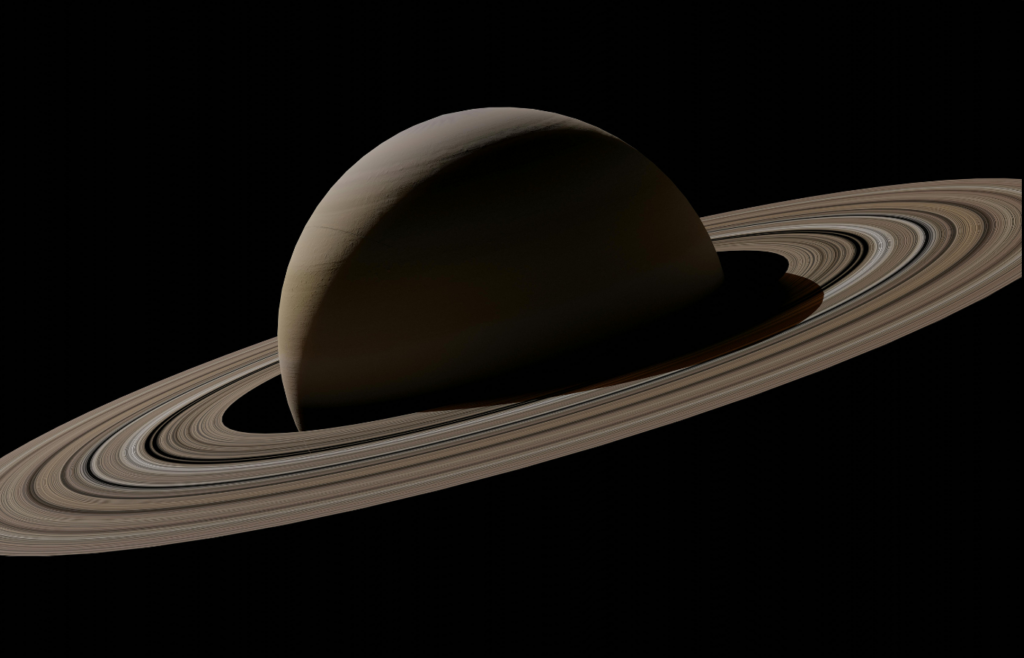
At Saturn’s north pole is a six-sided jet stream—yes, a perfect hexagon—spinning around a giant storm. It’s hundreds of miles wide and has been stable for decades.
This strange polar vortex acts like a hurricane but stays locked in place, fed by Saturn’s swirling atmosphere and unknown internal forces.
From glass storms to diamond showers, space weather is full of surprises. Earth might feel wild at times—but in the cosmic forecast, we’ve got it pretty good.
Read More: Top 10 Weather Phenomena That Science Still Doesn’t Fully Understand
